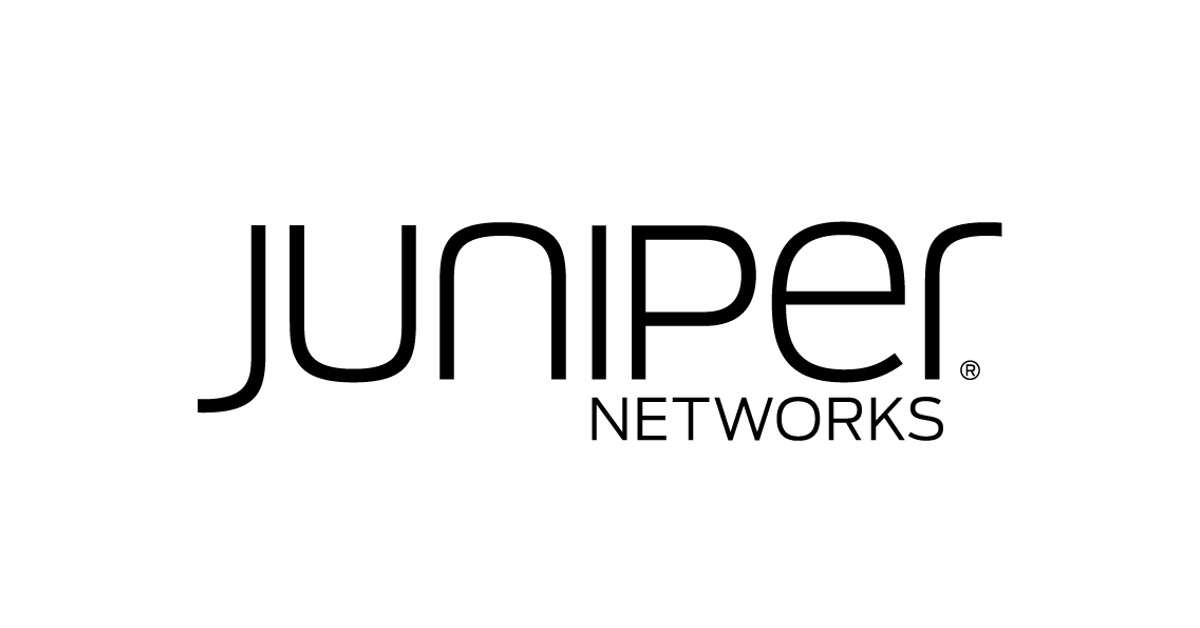University networks are being modernised to ensure knowledge transmission

By Eric Bornet, Sales Director France, Juniper Networks
Ensuring the knowledge transmission and providing an environment conducive to research: while this mission has not changed in several centuries of history, the ways in which it is achieved have evolved over time.
Today, the quality of student-centric models, which focused on improving the student experience, relies heavily on the quality of the IT networks that structure the digital ecosystem of universities. University networks are among the most complex in the world. Fortunately, they can now rely on automation and artificial intelligence to support some of the production tasks and smooth workflows.
Overcoming the complexity of campus IT networks
Like large companies, universities are challenged to provide connectivity to a very large number of users. While a company’s employees are largely the same every year, a university must manage the departure of its graduating students who are replaced by new ones. Security strategies, access to digital resources, research centre data, etc. are all essential components of network management that are impacted by this constant mix of users.
Furthermore, the endpoints that connect to a university’s network are also incredibly varied. Where companies can choose whether to allow their employees to use personal devices, universities are forced to confront the problems of “Bring Your Own Device” (BYOD). PCs, tablets and smartphones are all personal devices that must be able to access the campus network regardless of their own technical characteristics. For university IT teams, this again underlines a major complexity to manage.
Institutions must also ensure that users are connected to the campus network when they are travelling (roaming). While this issue is common to companies, universities generally must cover very large geographical areas. Moreover, in France, the desire to merge several universities has led to the creation of fragmented campuses, whose branches may be several kilometres apart.
The pandemic has accelerated the digital migration of universities
As if this were not enough, Covid-19 has put university networks’ resilience to the test. It triggered changes in the digital uses of campuses, including the need to offer distance learning courses and an ecosystem of digital tools suitable for distance learning collaboration.
In this context, universities have had to adopt unified communication solutions very quickly. To meet these challenges, some universities have adopted centralised IT management and chosen to regulate the choice of technology solutions to create a homogeneous network that is easier to administer across the campus. Depending on the policy, some have also decided to invest in new digital services to measure population densities in certain premises in real time to ensure compliance with health regulations. They also had to change the calibration of their VPNs from allowing remote access to the network of 100 to more than 1000 people. Some were not ready, which may have increased their IT administration difficulties and vulnerability. Indeed, another consequence of the health crisis was the increase in cyber-attacks on higher education institutions, again highlighting the need for these campuses to have robust and secure network solutions, from hardware to software.
Some institutions have particularly distinguished themselves in this necessary digital transformation, such as Reading University in England. As a result of Covid-19 crisis, like other universities around the world, the institution has had to implement new ways of working and studying digitally, including the adoption of unified communication solutions, video conferencing and the strengthening of digital resource sharing capabilities that together form the distance learning ecosystem. The university has succeeded in strengthening its network infrastructure and managing it appropriately across the globe through artificial intelligence and agile network architecture. Finally, the institution ‘metamorphosed’ the distribution of online courses in just six weeks.
Towards more intelligent networks
The management of campus networks is increasingly complex. Yet, while this complexity is much the same as in the corporate world, it is particularly pronounced in the higher education ecosystem. And at the same time, universities are generally much less well-staffed in terms of IT, which makes it more necessary to simplify their tasks and streamline their operational processes.
Fortunately, modernising university networks is possible, despite all these constraints, thanks to an AIOps (artificial intelligence applied to IT operations) approach. For example, machine learning and artificial intelligence technologies can be used to help resolve tickets during network operations to overcome the problem of staff shortages. Some errors can even be automatically corrected to significantly ease the workflows of IT teams and better leverage their experience. An intelligent network management tool can also provide significant operational information granularity, as well as the ability to operate the network remotely with zero touch. To modernise and ensure their mission, universities need to transform themselves to overcome all the problems they encounter and drastically reduce the complexity of network operations. Just like for companies, but with education at stake, AIOps is the next step in modernising university IT networks.




